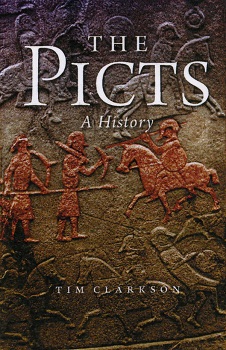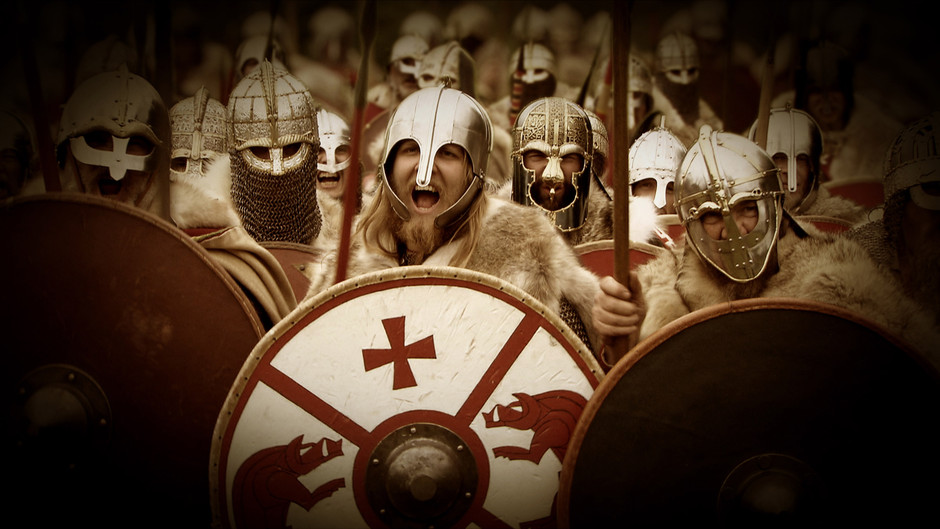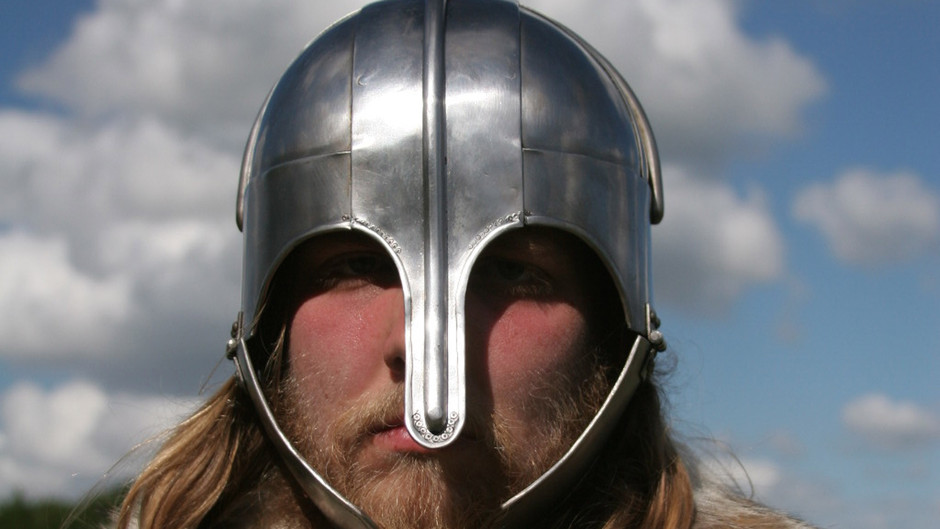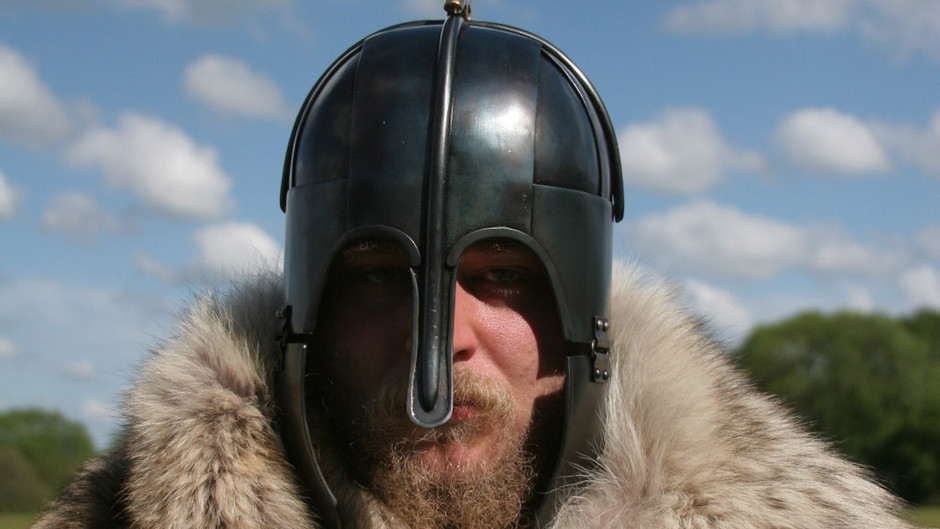Hengwulf said:
Hey Morcant,
nice pictures! I was wondering lately, how much would one see through the visors/ facemask often portrayed on saxon and viking helmets (like the Sutton Hoo or Valsgarde helmet)?
I think I would like a helmet like these more in battle, since they would offer a lot more vision. Also you could breath in it I can imagine hehe.
greets
I'm with you there. I hear people talk a lot about the potential usefulness of that ceremonial panoply that gets dug up every now and again. I figure, if kings and nobles did carry them into battle (personally I think they did) they would've been prestige items more than anything. A leader's part in battle is usually minimal, even in those days, I think. Not that they wouldn't have gotten involved in my opinion, it's just that the Jarl and the Carl fight differently, even when on the same fields. Even Brytenwalda logic tells us that a leader would rather be with his bodyguards waiting for an ideal moment to join the battle than leading the men at the front, putting his life on the same level as the lowest among his ranks.
Also, if I was a Dryhten, I'd wear as much ceremonial garb as I could. For every bit more that I appear separate from and above the experiences of the men of my warband, for every ounce of mystery added to my image by the gilded shoulder-thingies and shield adornments, I would seem all the more divinely inspired in my aims, the better the anchor to be for my men. Stirring them to blind fury or restraining them from charging into an ambush, or what have you, I would need these qualities to fill my role effectively, and all that dosh adorning my armor would only exaggerate these qualities.

 Banned
Banned
























